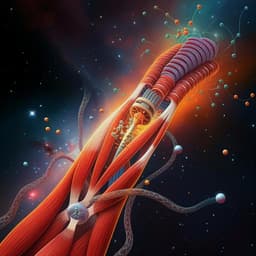
Engineering and Technology
Machine learning identifies scale-free properties in disordered materials
S. Yu, X. Piao, et al.
Discover how Sunkyu Yu, Xianji Piao, and Namkyoo Park harness machine learning to revolutionize our understanding of wave-matter interactions in disordered structures. This study unveils novel neural networks that not only predict wave localization but also generate robust disordered structures with scale-free properties, enhancing resilience against defects.
Playback language: English
Related Publications
Explore these studies to deepen your understanding of the subject.







